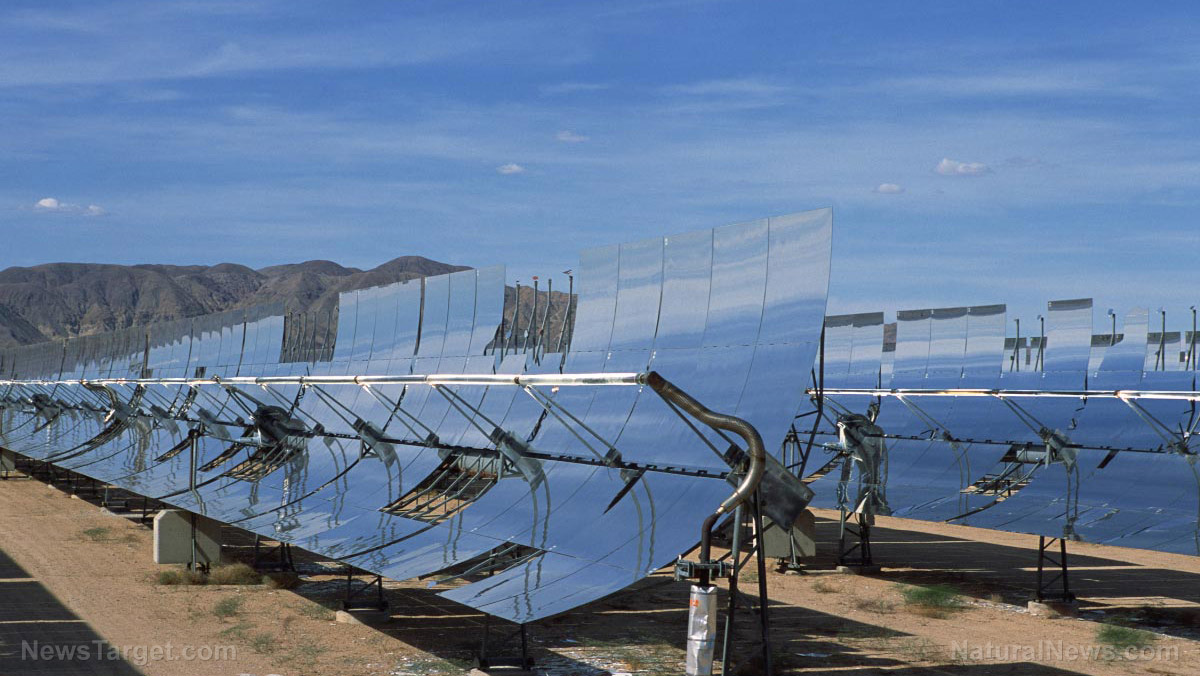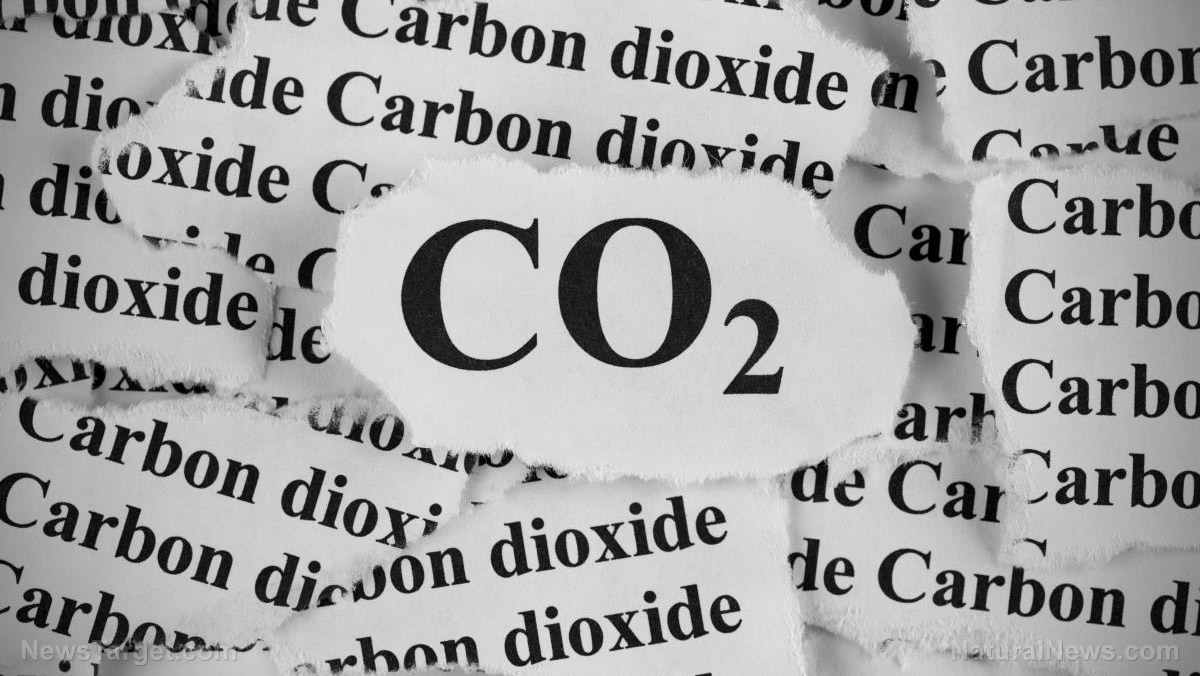
Indian tycoon and Asia's richest man Mukesh Ambani unveiled an ambitious $10 billion plan to scale up zero-carbon hardware in India.
Reliance Industries Ltd., the oil- and refining-heavy conglomerate that he controls, plans to spend $8 billion on four "giga factories" to make solar modules, hydrogen, fuel cells and to build a battery grid to store electricity. An additional $2 billion will be invested in value chain and other partnerships.
Speaking at the company's virtual annual meeting on June 24, Ambani gave scant details of how he would execute the plan. He was ranked No. 4 among global fossil fuel billionaires by Bloomberg Green last year, with Reliance getting 60 percent of its reported $63 billion annual revenue from oil refining and petrochemicals. Ambani's net worth is about $82 billion, according to the Bloomberg Billionaire's Index.
The $10 billion in green investment over three years compares with a Fitch Ratings' estimate of $7.4 billion in annual average capital expenditure by the Reliance group through March 2025.
Reliance's move offers a glimpse of the new order awaiting some of the world's major fossil fuel producers. Global giants such as Exxon Mobil Corp. and TotalEnergies SE have been under pressure to cut their carbon footprint as governments, investors and consumers join to fight climate change and global warming.
Ambani: World is entering a new energy era
The proposed green transformation aligns with the priorities of Indian Prime Minister Narendra Modi's government, which has been debating aggressive climate targets that would cut net greenhouse gas emissions to zero by mid-century. (Related: New research finds it was a LACK of carbon dioxide in the atmosphere that led to climate change in ancient times.)
"The world is entering a new energy era, which is going to be highly disruptive," said Ambani. "The age of fossil fuels, which powered economic growth globally for nearly three centuries, cannot continue much longer. The huge quantities of carbon it has emitted into the environment have endangered life on Earth."
The first of Reliance's giga factories will manufacture solar modules, enabling 100 gigawatts of solar energy by 2030, including on rooftop installations in villages across the country; the second involves large-scale grid batteries to store electricity, for which Reliance will collaborate with global leaders on the technology; and, the third will build and install electrolyzers for separating green hydrogen from water.
"Is this doable from a standing start in nine years? It's a stretch, [but] it's not impossible," said Tim Buckley, director of energy finance studies at the Institute for Energy Economics and Financial Analysis. "There’s an element of wanting to align with the Indian government and profit in the process. Don't forget they've seen Adani make a lot of money in this. It's not altruism."
The fourth factory would be for fuel cells, which use oxygen from the air and hydrogen to generate electricity.
"Reliance's strategy on energy, data and consumer will ensure the company continues to grow sustainably bucking all cyclical trends," said Sunil Chandiramani, chief executive officer at Nyka Advisory Services. "But it will need to navigate challenges of technology innovation, talent acquisition, investor expectations and global turmoil."
The Adani-led group is also raising its game in clean energy goals. In May, Adani Green Energy Ltd. agreed to buy SoftBank Group Corp.'s $3.5 billion renewable power business in India. The green focus has led to a share rally with Adani Green jumping more than 580 percent and Adani Total Gas Ltd. – a joint venture with TotalEnergies – by 670 percent since the beginning of last year.
Reliance last year set itself a target of becoming a net-zero carbon company by 2035.
India's second richest also going green
Gautam Adani, the second richest man in India behind Ambani, is also going green. He wants to make his ports-to-power business conglomerate carbon negative to aid India's goal of expanding its renewable power capacity almost fivefold by 2030 to reduce its dependence on coal and meet its climate commitments.
Adani Group intends to fulfill the group's environment, sustainability and governance (ESG) goals by investing in clean energy technologies, such as green hydrogen and renewables-powered data centers. "We will do so by carefully balancing our energy migration from carbon positive to carbon neutral, and further on to carbon negative," said Adani at the India Global Forum Wednesday, June 30.
The Adani Group's green push is spearheaded by its most valuable company Adani Green Energy Ltd.
"This sustainable investment route has certainly paid off for our stakeholders," Adani said. "Since January 2020, the value of our renewables business has increased over 600 times, thereby yielding one of the best returns across all stock markets."
While advocating for a transition to clean energy, Adani said India needs to find the right balance between its environmental commitments and the needs of its citizens. "We must be careful that our voice for the environment does not crush the aspirations of the thousands that lack electricity," he said.
Coal helps produce nearly 70 percent of India's electricity, although that share has been dropping with more clean energy entering the grid. (Related: Coal-hating liberals don’t seem to understand that coal is needed to make STEEL, and without steel, modern society can't function at all.)
Adani said the group will double its solar cell and module making capacity to 4 gigawatts and is also building a wind turbine manufacturing facility at its industrial zone in the western state of Gujarat. He didn't give a timeline for his enterprise to turn carbon negative.
Follow ClimateAlarmism.news for more news and information related to climate change and global warming.
Sources include:
Please contact us for more information.





















